This is a great problem for ggplot2.
First, read the data in:
snb <- read.csv('MLB.csv')
With your data frame you could try plotting points that are partly transparent, and setting them to be colored according to the factor event_type:
require(ggplot2)
p1 <- ggplot(data = snb, aes(x = px, y = py, color = event_type)) +
geom_point(alpha = 0.5)
print(p1)
and then you get this:

Or, you might want to think about plotting this as a heatmap using geom_bin2d(), and plotting facets (subplots) for each different event_type, like this:
p2 <- ggplot(data = snb, aes(x = px, y = py)) +
geom_bin2d(binwidth = c(0.25, 0.25)) +
facet_wrap(~ event_type)
print(p2)
which makes a plot for each level of the factor, where the color will be the number of data points in each bins that are 0.25 on each side. But, if you have more than about 5 or 6 levels, this might look pretty bad. From the small data sample you supplied, I got this

If the levels of the factors don't matter, there are some nice examples here of plots with too many points. You could also try looking at some of the examples on the ggplot website or the R cookbook.


